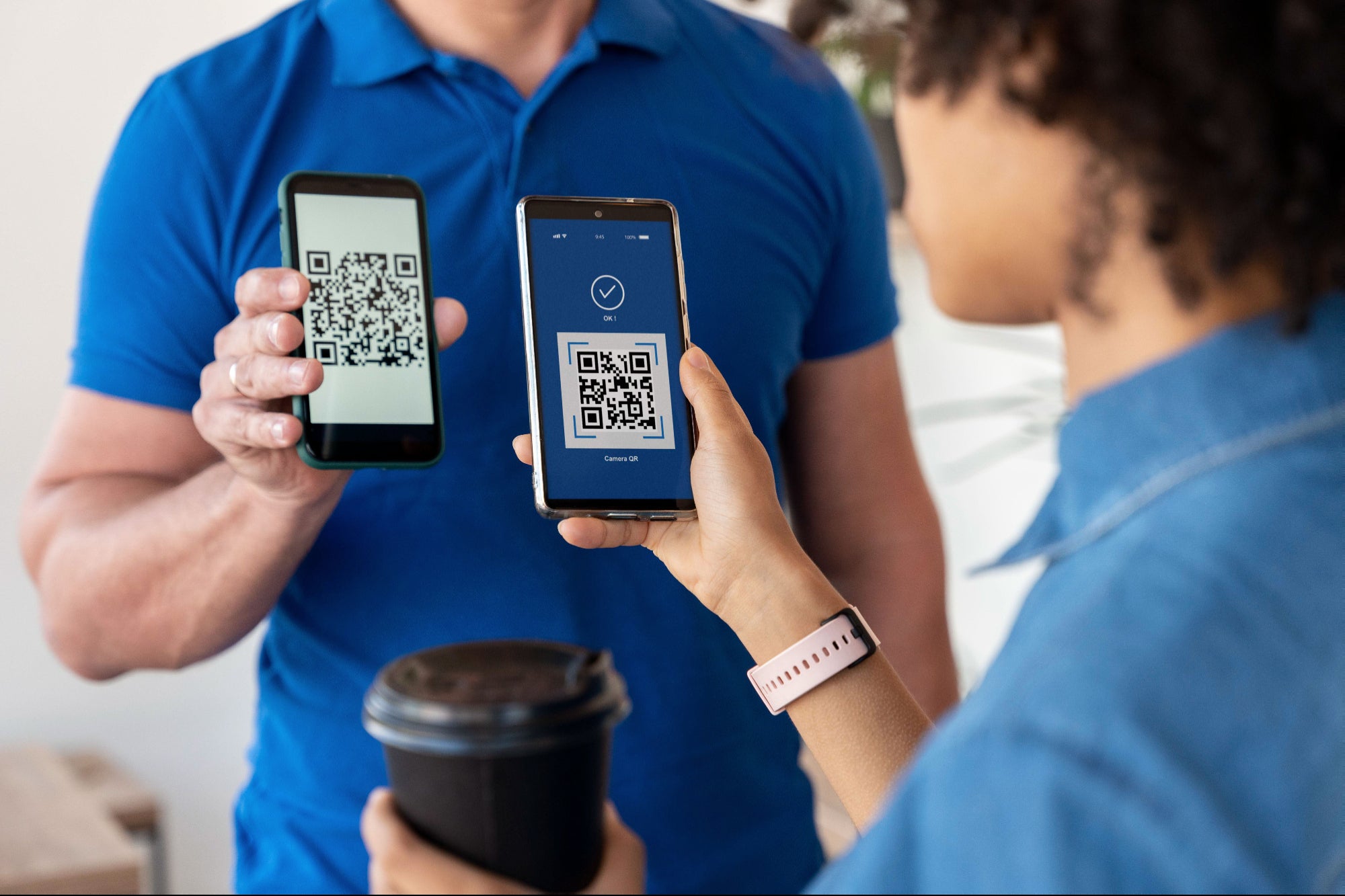Payments Wrap: Digital Payments In 2022 And What 2023 Promises There is a continued need to build customer trust through a comprehensive approach to address fraud management, simplify digital on-boarding and KYC
By Ketan Patel
Opinions expressed by Entrepreneur contributors are their own.
You're reading Entrepreneur India, an international franchise of Entrepreneur Media.

Digital payments have become omnipresent as they become embedded into all forms of commerce. A robust tech stack, combined with the Jan Dhan Yojana and the explosion of UPI has opened doors to endless opportunities to spur innovative offerings and services to users, contributing to a $3 trillion digital payments market. However, there is a continued need to build customer trust through a comprehensive approach to address fraud management, simplify digital on-boarding and KYC, reduce strain on tech infrastructure of banks, allow better economics for payment players and, finally, strengthen the country's digital infrastructure.
Here are the top five trends that stood out for digital payments in 2022:
UPI on credit: Approximately 250 million Indians use UPI for their day-to-day transactions, and nearly 50 million users have one or more credit cards. The financial regulator's move is set to offer customers the best of both worlds: the seamless payment experience of UPI with the benefits of short-term credit and the rewards of cards. This move is likely to help 'sachetise' credit into small ticket and formalize lending for the unbanked population.
Expanding merchant acceptance: Some of the most important factors to onboard such underpenetrated merchant segments is rapid deployment of low cost QR codes and engagement through integrated POS solutions. It is expected that the offline segment to account for about 75 per cent of all digital merchant payments, primarily due to increased use of QR based payments at POS.
ONDC: Open Network for Digital Commerce (ONDC) will help enable democratization of small merchant digitization. ONDC aims to provide an open network for all aspects of digital trade which will promote digital inclusion among small merchants and democratize digital commerce with standardized operations and logistical efficiencies. Merchant on-boarding to e-commerce and accepting digital payments will become seamless and cost-effective by removing the need to work with multiple platforms.
Digitization of customer at last mile: The government's vision for total digitization is apparent in their attempt at creating an ecosystem where the customer could spend digitally for every activity. As evident in toll collections across India, the launch of FASTag—a Radio Frequency Identification (RFID) technology linked electronic toll collection system— accelerated digital collections of toll payments, significantly reducing cash handling. Since the launch of FASTag in 2017, aided by a mandate from the ministry of road transport and highways (MoRTH) for all vehicles to use FASTag, about 49 million tags have been issued processing more than 2.4 billion transactions in FY22.
AI and ML: Biometrics and double authentication systems have further boosted confidence in digital transactions. Facial recognition and fingerprint scanning have reduced the threat of identity thefts and payment frauds ensuring reliability for all the online payment gateways in India. AI-powered chatbots are being integrated with mobile banking applications and, according to Juniper Research bots will comprise nearly 80 per cent of all successful integrations by 2023.
Digital payments are in a constant state of flux and metamorphosis, with new trends emerging frequently. With great power comes great responsibility and thus, fraud mitigation too will be a major aspect focused upon as digital payments rise. Having said all of the above, the potential of fintech is huge and will further contribute a big way in India's Gross Domestic Product.
Here are five things to watch out for in 2023:
Buy-now-pay-later: Enabling deferred payments has emerged as the intersection of payments and lending demonstrating immense potential, and is expected to grow at 35-40 per cent over the next five years led by rapid growth in consumerism and online spending, shifting preference of GenZ and millennials buying on credit due to the simple and fast customer journey, apart from the low, less than 5 per cent, credit card penetration in India. As customers shift their focus from savings to consumption, the addressable market for BNPL is large and growing fast.
Introduction of transactions through wearable devices like watches, tap and pay: With Google Pay introducing NFC-based tap and pay, it is likely to boost payments due to the convenience involved. With State Bank of India and Axis Bank launching their own 'Wear N Pay' cost effective watches, it is likely that wearables can become the next disruptors in fintech and contactless payments. Regulators are also working on tackling the threats to privacy which can come with tracking movements
CBDC: The use of digital currency or e-rupee for retail transactions through a digital wallet offered by the participating banks and stored on mobile phones and devices is likely to increase convenience and reduce chances of theft
Greater investment in security systems for real-time transactions: Banks, other financial institutions, as well as NBFCs, are all introducing near real-time data analytics and machine learning to help manage risks in payment systems. Additionally, a robust and fast dispute resolution system is setup by financial institutions which can serve as the last resort of defence to ensure that fraudulent transactions are reversed. Lastly, the traceability of transactions in blockchain minimizes the transacting parties' risk of repudiation, making it one of the most compelling reasons for financial institutions to invest in this technology further.
Cross-border payments: There has been a recent surge in international remittances, with an increase of 61 per cent over the last 12 months. Non-resident Indians can directly make payments for their bills using the new government payment portal Bharat Bill Pay System, and they do not need to transfer the money first to the Indian accounts. At around $83 billion, India is the largest global market for inward remittance flow. Fintechs, through their technology solutions that allow clients to connect to legacy bank rails more easily, especially if UPI is integrated – simplifying the process and reducing transaction time.










